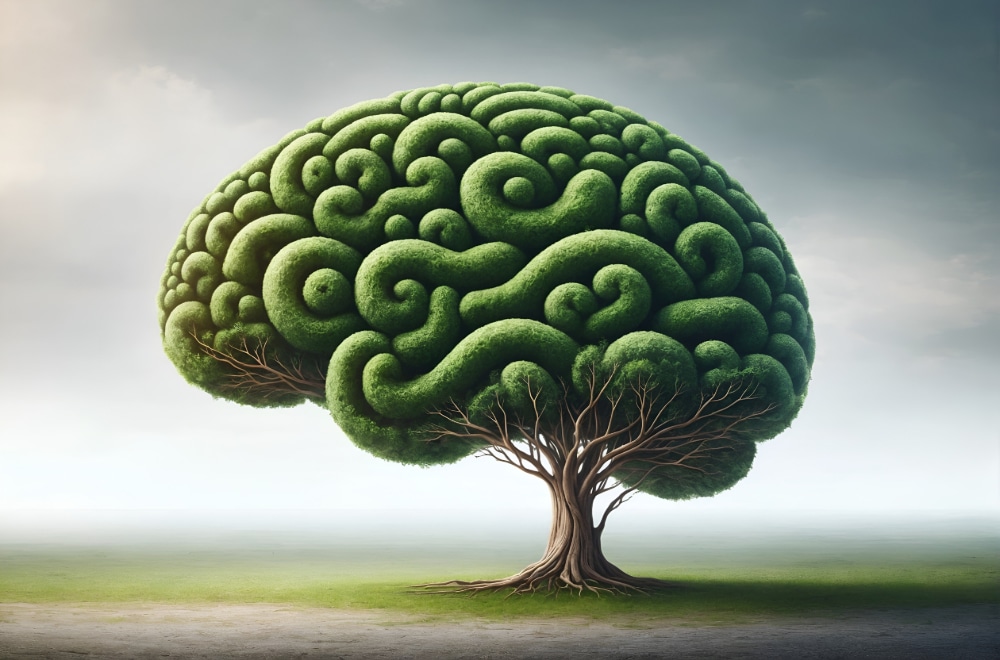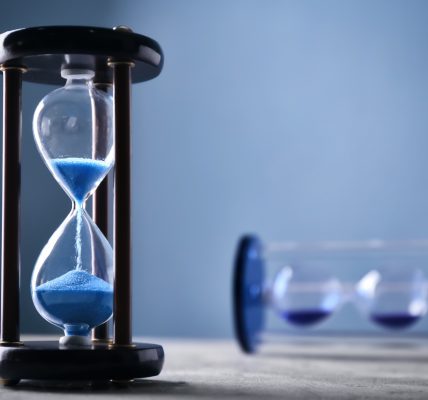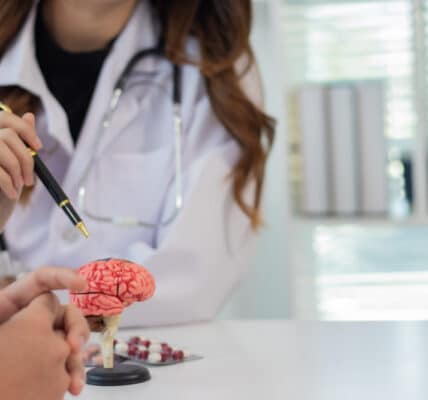The Brain’s Natural Reward System

Addiction is often referred to as a “chronic brain disease,” where the brain’s natural reward system is “hijacked” by repetitive exposure to addictive substances or behaviors. So today, let’s take a look at that so-called natural reward system to see how the brain is supposed to function and how it goes astray.
“The brain evolved to respond […] to natural rewards, such as food and sex,” write researchers in the Journal of Neuroscience. They continue:
Appropriate responses to natural rewards were evolutionarily important for survival, reproduction, and fitness.
The researchers trace the path of reward, from thirst and hunger, to habit reinforcement, to motivation and goal pursuit. Coursing through this network of basic drives and hedonistic pleasures is dopamine, the neurotransmitter of satisfaction.
Dopamine receptors in the nucleus accumbens, the amygdala, the prefrontal cortex, and other forebrain regions do a little dance when a sought-after reward is achieved. The trouble creeps in when “mesocorticolimbic projections learn and predict the occurrence of rewards.”
One of the consequences of pressing the dopamine button too often is that desire shifts from “liking” to “wanting.” One theory of how this works is that “neural sensitization causes excessive attribution of incentive salience to drug-associated stimuli and acts, which makes addicts compulsively ‘want’ to take drugs again.”
In other words, “wanting” leads to cue sensitivity, a continual scanning of the environment for the potential for reward. Previously, substance use or other behaviors may have been primarily to relieve stress or anxiety. Eventually, the stress and anxiety are caused by the absence of the substance or behavior.
The researchers cite studies that the dopamine sensitivity of these “mesocorticolimbic projections” in the brain is very much part of the human body’s survival system:
[A]ctive pursuit of food when hungry or of safety when in danger could involve similar mesocorticolimbic incentive processes.
This sounds a lot like the displacement theory advanced by Dr. Robert Pretlow, publisher of AddictionNews, in his paper, A Unified Theory of Addiction:
Displacement behavior represents a bio-behavioral mechanism that essentially allows an animal to displace stress … Normally, the displacement mechanism is adaptive. However, in certain instances it may become harmful, particularly if the displacement occurs repetitively.
Interestingly, the researchers find a common neural delight at “sweetness” from rats to primates to humans, and that injections of morphine illicit the same neural delight, traveling the pathway of reward. The fact that “orofacial expressions” are similar when responding to “enhanced food palatability” as well as morphine or other drugs indicates both a crossover between the gut and the brain, and a similarity between eating addiction and drug addiction.
The researchers report on exciting work from the previous decade that demonstrates the importance of both dopamine receptors and glutamate receptors “in shaping synaptic configurations and neural ensembles involved in motivation and learning.” This is essentially how drugs of abuse “may contribute to abnormal information processing and behavior, resulting in poor decision making, loss of control, and the compulsivity that characterizes addiction.”
The researchers take a refreshingly holistic look at research focusing on isolated regions of the brain:
Reward-related behavior emerges from the dynamic activity of entire neural networks rather than from any single brain structure.
They go on to explain that “Dynamic modulation of incentive value emerges from network signals,” meaning that the strength of urges, cue sensitivity, and motivation derive from network signals, not individual reward system components.
They conclude their review with an unusually firm hypothesis: “Drugs can impact natural brain reward systems to produce addiction in only three ways.” That sounds like a door closing to further discovery. What are those three ways?
- Riding the natural reward system as “intense rewards.”
- “Distorting normal reward processes to cause compulsive behavior.”
- Addictive drugs could induce new brain processes.
I’m not so sure I would rule out other sources of addiction, such as the gut microbiome, as mentioned earlier. Studies with GLP-1 drugs against addiction appear to indicate there is more than one way to a person’s brain, and the easiest route might be the stomach.
Congratulations to these researchers for clearly outlining the brain’s natural reward system, concluding that addiction involves the interaction of multiple brain systems and is “hijacked” through multiple different processes.
Written by Steve O’Keefe. First published November 4, 2025.
Sources:
“The Neuroscience of Natural Rewards: Relevance to Addictive Drugs,” Journal of Neuroscience, May 1, 2002.
“A Unified Theory of Addiction,” in open peer review at Qeios, March 9, 2023.
Image Copyright: meezadesign.




